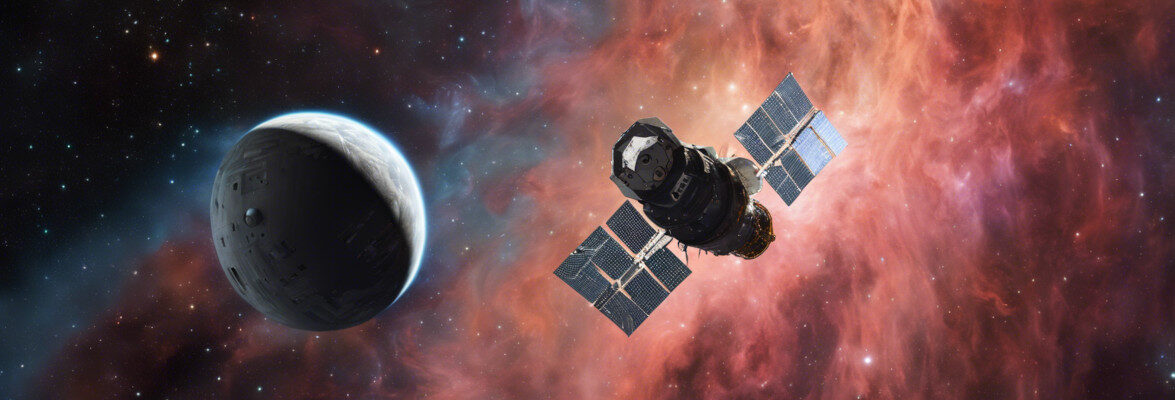
An article accepted for publication in “The Astrophysical Journal” reports a study on the long filament generated by the pulsar cataloged as PSR J2030+4415, or simply J2030. Martjin de Vries and Roger Romani of the American Stanford University used observations made using NASA’s Chandra X-ray Observatory and ground-based telescopes to study a filament that has an estimated length of about 7 light-years and is composed of matter but also of antimatter. Pulsar emissions of this type could explain positron detections in the Milky Way.
About 1,600 light-years from Earth, the J2030 pulsar spins about 3 times per second. It’s a type of neutron star, what remains after the death of a massive star, which emits very strong electromagnetic pulses on a regular basis. In addition to those pulses, J2030 emits gamma rays and a very long filament of materials which, according to Martjin de Vries and Roger Romani, is due to the combination of the pulsar spin and its magnetic field, which causes the acceleration of particles to speeds approaching the speed of light.
Martjin de Vries and Roger Romani have been studying J2030 for some time and in an article published in June 2020 in “The Astrophysical Journal Letters” they already described its bow shock, which is the shock wave that preceded it like the water piling up in front of a moving boat, the plerion or pulsar wind nebula, which is a type of nebula found in supernova remnants such as the one that generated J2030, and the filament, so they already provided some descriptions of its peculiarities.
It’s normal for pulsars to generate winds of energetic particles but usually remain confined within their magnetic field. J2030 travels in interstellar space at a speed of over 800,000 kilometers per hour, so the winds it generates stay behind. In front of it, there’s the bow shock. Between 20 and 30 years ago, the motion of that bow shock appears to have stalled and reached by the pulsar.
At one point, there was a collision between the J2030 pulsar and the bow shock. That collision likely caused a particle emission with J2030’s wind that combined its effects with the interstellar magnetic field. The consequence was that electrons and positrons started leaking through as if it were a rocket engine nozzle.
The top image (X-ray: NASA/CXC/Stanford Univ./M. de Vries; Optical: NSF/AURA/Gemini Consortium) shows a composition of Chandra’s X-ray observations and optical frequency observations from the Gemini telescope in Hawaii: on the left, a part of the filament emitted by J2030 and on the right, a detail of the pulsar with the emissions point of origin. The bottom image (X-ray Credit: NASA/CXC/Stanford Univ./M. de Vries) shows Chandra’s observations of the filament in its entirety.
In the past, astronomers detected large haloes around gamma-ray emitting pulsars that were explained by the presence of energetic positrons. However, typically, those positrons remain confined around the pulsar. On the other hand, the presence of positrons in space reaching the Earth was detected and astronomers proposed various possible sources.
Processes such as those leading to the emission of the pulsar J2030’s filament could explain the presence of positrons in interstellar space. It’s an empty enough environment to allow antimatter particles to travel very long distances without encountering matter that would cause both of them to disintegrate. Finding other cases of pulsars emitting positrons into space could confirm this theory.


